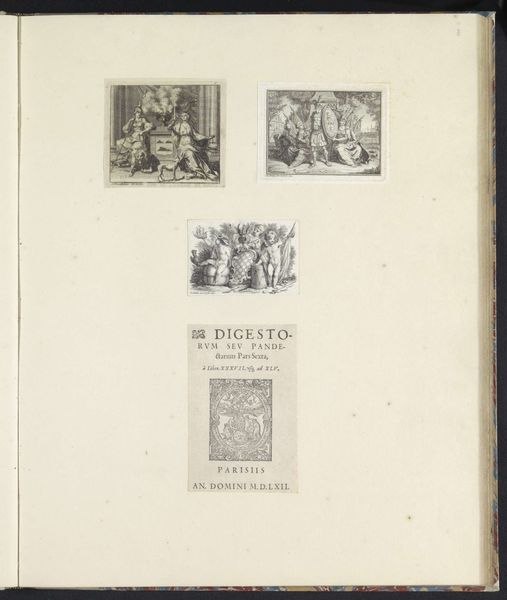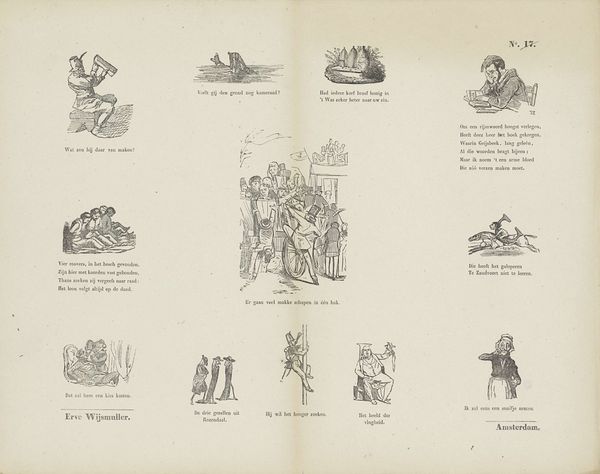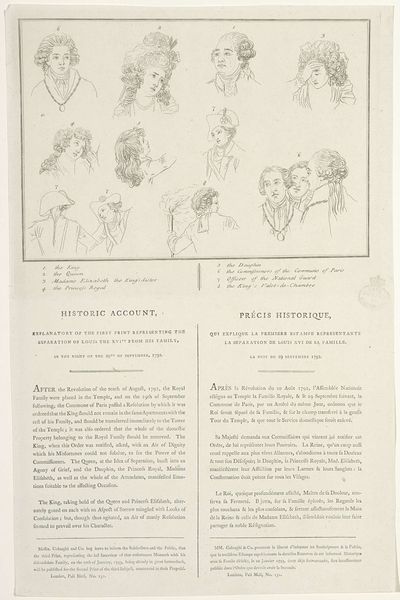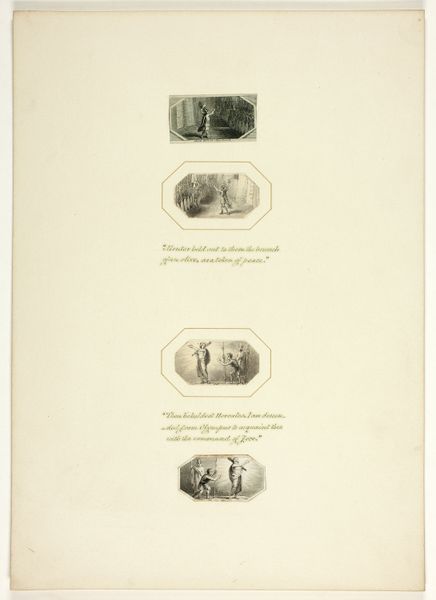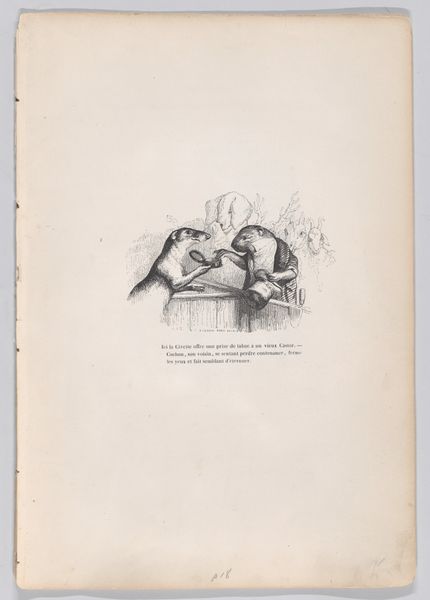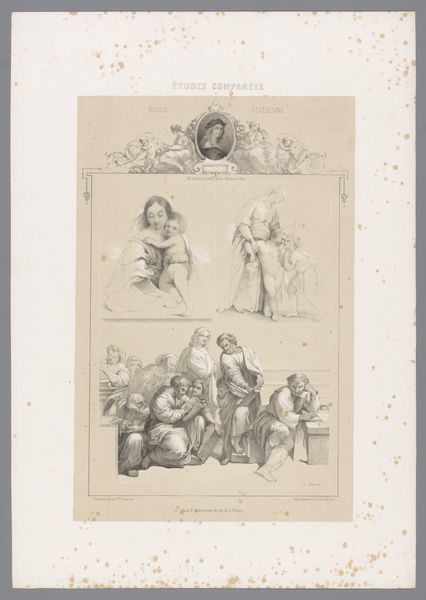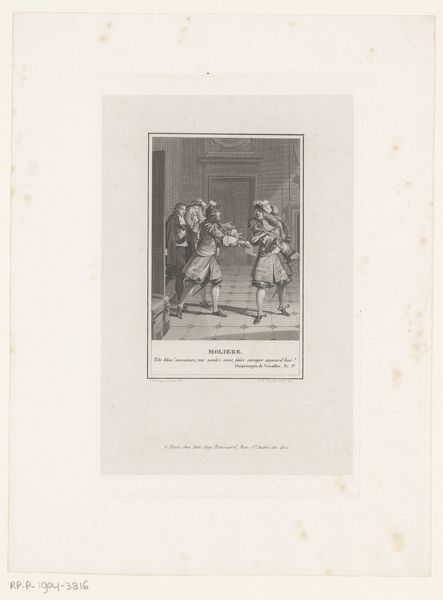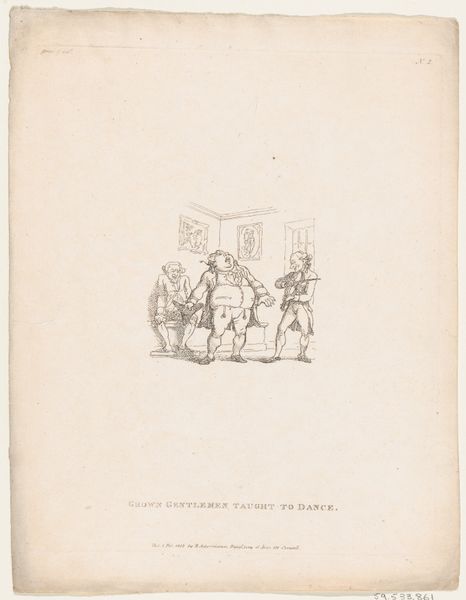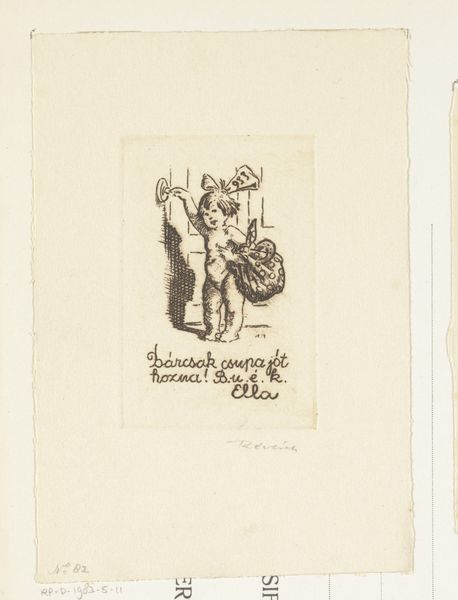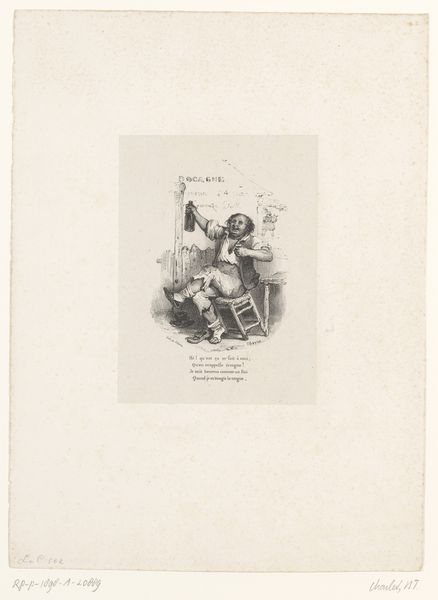
De slag bij Chatham en de verovering van de Royal Charles, 1667 1782
0:00
0:00
mathiasdesallieth
Rijksmuseum
Dimensions: height 197 mm, width 113 mm
Copyright: Rijks Museum: Open Domain
Curator: We're standing before "The Battle of Chatham and the Capture of the Royal Charles, 1667", an engraving by Mathias de Sallieth from 1782, held here at the Rijksmuseum. Editor: The starkness is striking. These meticulously etched faces, almost floating against the white paper, evoke a feeling of intense scrutiny. A historical event, reduced to a series of character studies... it feels deeply personal, somehow. Curator: Absolutely. Consider the socio-political climate in which this image was produced. De Sallieth is reflecting upon a pivotal moment, over a century later, the humiliating defeat of the English by the Dutch fleet. Editor: It’s interesting that he chooses portraiture to represent such a large-scale event. Four portraits each are numbered, but otherwise anonymous... a reflection perhaps of the men on the ground being sacrificed and being interchangeable for those giving the commands. We could easily relate that reading of Dutch 17th century history into contemporary war times where the political powers put working class men in battle, and face little consequences. Curator: That’s insightful. And it’s vital to unpack how these power structures operated, in the 17th century, who was served and how they are still effective today. De Sallieth's work functions as a form of social critique, wouldn't you agree? How these individuals’ roles and identities are inextricably tied to the Dutch political and naval ambitions of the time. Editor: Yes, it’s not a romantic depiction of war or heroic individuals at all; more an assessment and dissection of the men central to this historic loss of naval might, even if at arm’s length. Almost journalistic in its detached and factual recording. I’m especially drawn to the expressive linework – there is such humanity within such a controlled format, despite its cool reserve. The individual details really speak to the personalities depicted in these sketches, and hints to who they were outside of this moment. Curator: Exactly. We must always remember how seemingly objective historical documents are, in fact, products of their time, embedded with cultural assumptions and biases. De Sallieth certainly held a unique perspective, producing art within an establishment. Editor: It gives you pause, reflecting on how interpretations shift and change across eras. It's more than just an image from the past, but about understanding how the past speaks to the present. Curator: Precisely. Art’s enduring power lies in its capacity to spark ongoing dialogue, re-interpreting through the current state. Thank you for illuminating.
Comments
No comments
Be the first to comment and join the conversation on the ultimate creative platform.
